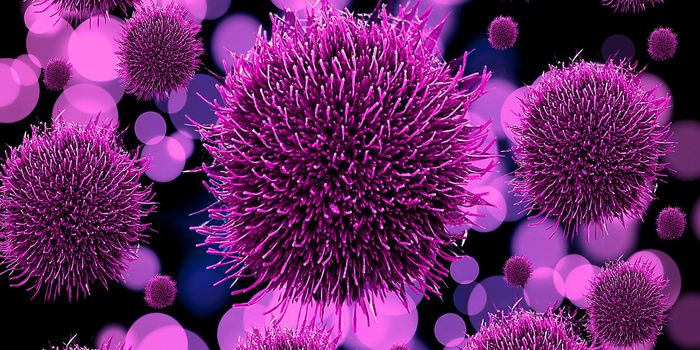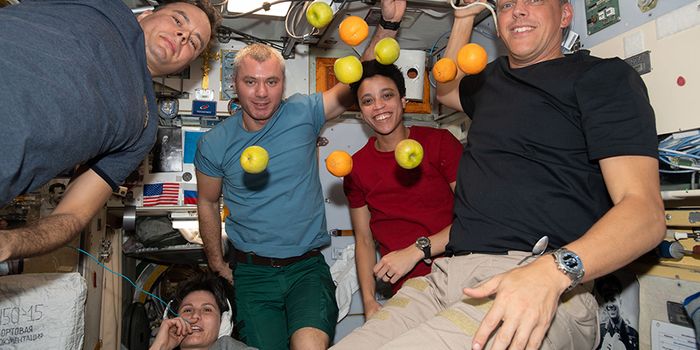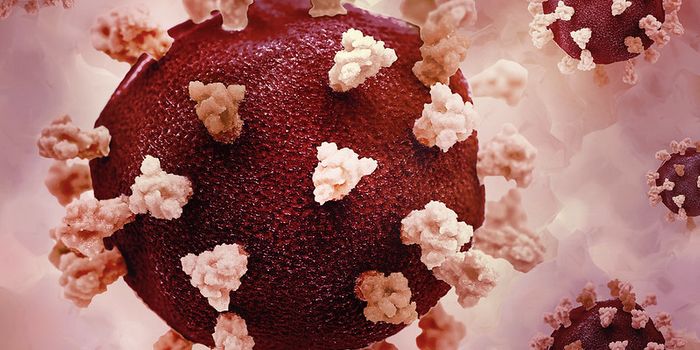A Decade After Gene Therapy, SCID Patients Are Doing Well
For decades, scientists have been trying to find ways to cure disorders that can be traced back to an error in one gene. One of the first diseases that researchers were able to treat in this way was ADA-SCID (adenosine deaminase–deficient severe combined immunodeficiency). Children born with the disorder do not have a functional immune system because of a mutation in a gene that encodes for an essential enzyme, ADA. Patients often die of exposure to everyday microbes by the age of two unless they are treated.
Kids with ADA-SCID can be given the functional ADA enzyme they're missing, but they must be injected twice a week with this expensive treatment. Bone marrow transplants can also help these individuals, but they require healthy matched donors and a successful procedure.
About a decade ago, scientists at UCLA removed bone marrow from ADA-SCID patients to harvest the hematopoietic stem cells there that form blood cells, including white blood cells of the immune system. In gene therapy, a viral vector that does not cause disease but can infect cells is often used to deliver the therapeutic reagents to cells. In this case, the hematopoietic stem cells were treated with the viral vector that carried normal copies of the ADA gene into the cells, so the genetic information could be integrated into the DNA. The genetically engineered hematopoietic stem cells were then returned to the ADA-SCID patients.
Reporting in the journal Blood, researchers have followed up on the ten children that got this treatment between 2009 and 2012. The study indicated that nine of them have been stable since the treatment, and are free of disease; they have not needed supplemental ADA enzymes or bone marrow transplants. The only patient in which the treatment did not work was fifteen at the time of treatment. The remaining patients in the study were very young when they got the gene therapy.
“What we saw in the first few years was that this therapy worked, and now we’re able to say that it not only works, but it works for more than ten years,” said senior study author Dr. Donald Kohn of UCLA. “We hope someday we’ll be able to say that these results last for 80 years.”
In the years after the gene therapy was conducted, the research team determined that some successfully treated kids were generating hematopoietic stem cells with the corrected ADA gene at levels that were a hundred times higher than stem cells with a mutant ADA gene. There were also more copies of the correct gene in some patients' cells, which provided the best immune function.
Other patients had lower levels of cells with the corrected gene and needed infusions of immune proteins called immunoglobulins, but not other treatments.
“What these results tell us is that there’s a formula for optimal success for ADA-SCID, and it involves correcting more than five to ten percent of each patient’s blood-forming stem cells,” said Kohn. “The relationship between the levels of gene-corrected cells and immune system function has never been shown so clearly before.”
In this gene therapy trial as in some others, there were disruptions in genes that have roles in cell growth. Though this has the potential to increase cancer risk, there was no evidence of that problem in anyone from the trial, said Kohn.
However, the researchers are concerned by that finding, and have been creating alternative viral delivery systems for the gene therapy. This work seems to confirm that their approach works, and is worth refining and pursuing.
-
MAY 07, 2024Is It Anti-RNP or Anti-Sm/RNP?
- See More
-
APR 30, 2024Immuno-Oncology Virtual Event Series 2024
-
MAY 07, 20243rd International Biosecurity Virtual Symposium
-
MAY 23, 2024For the Love of Digital PCR 2024
- See More


















































